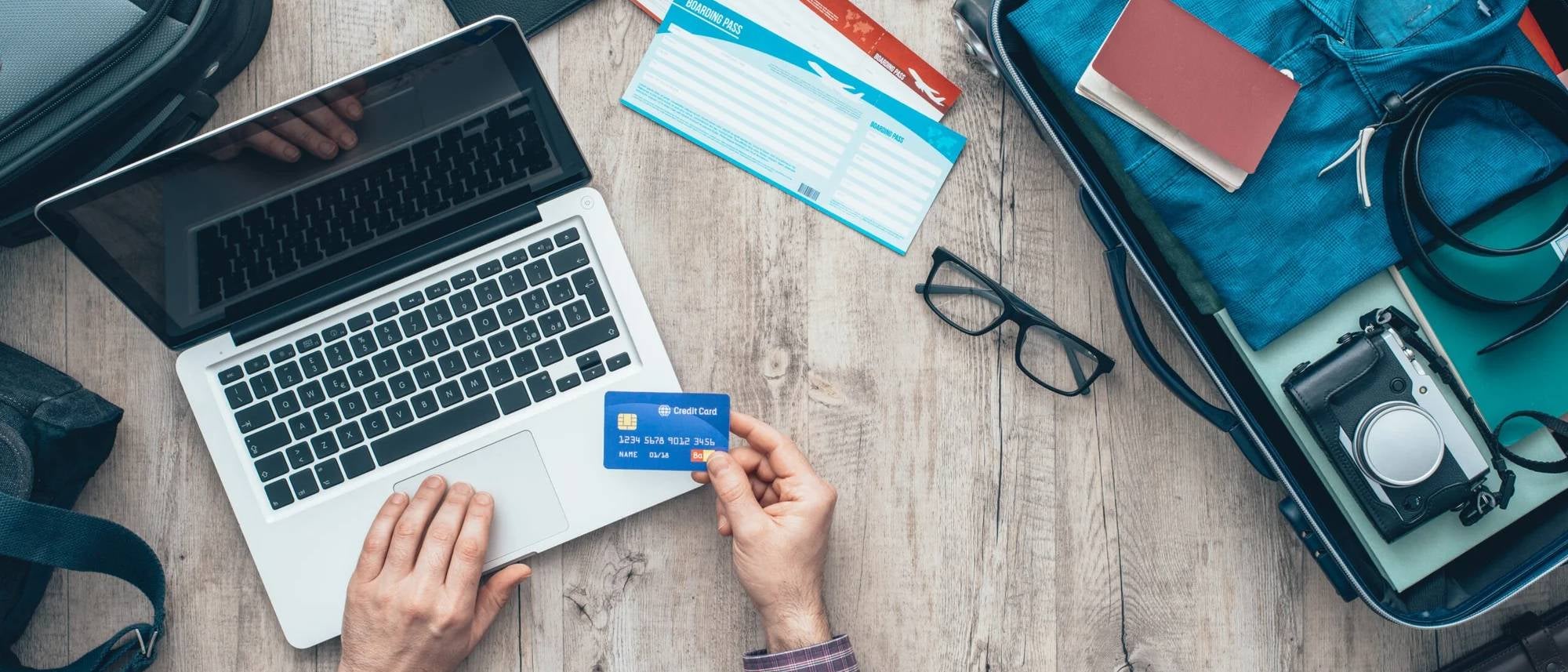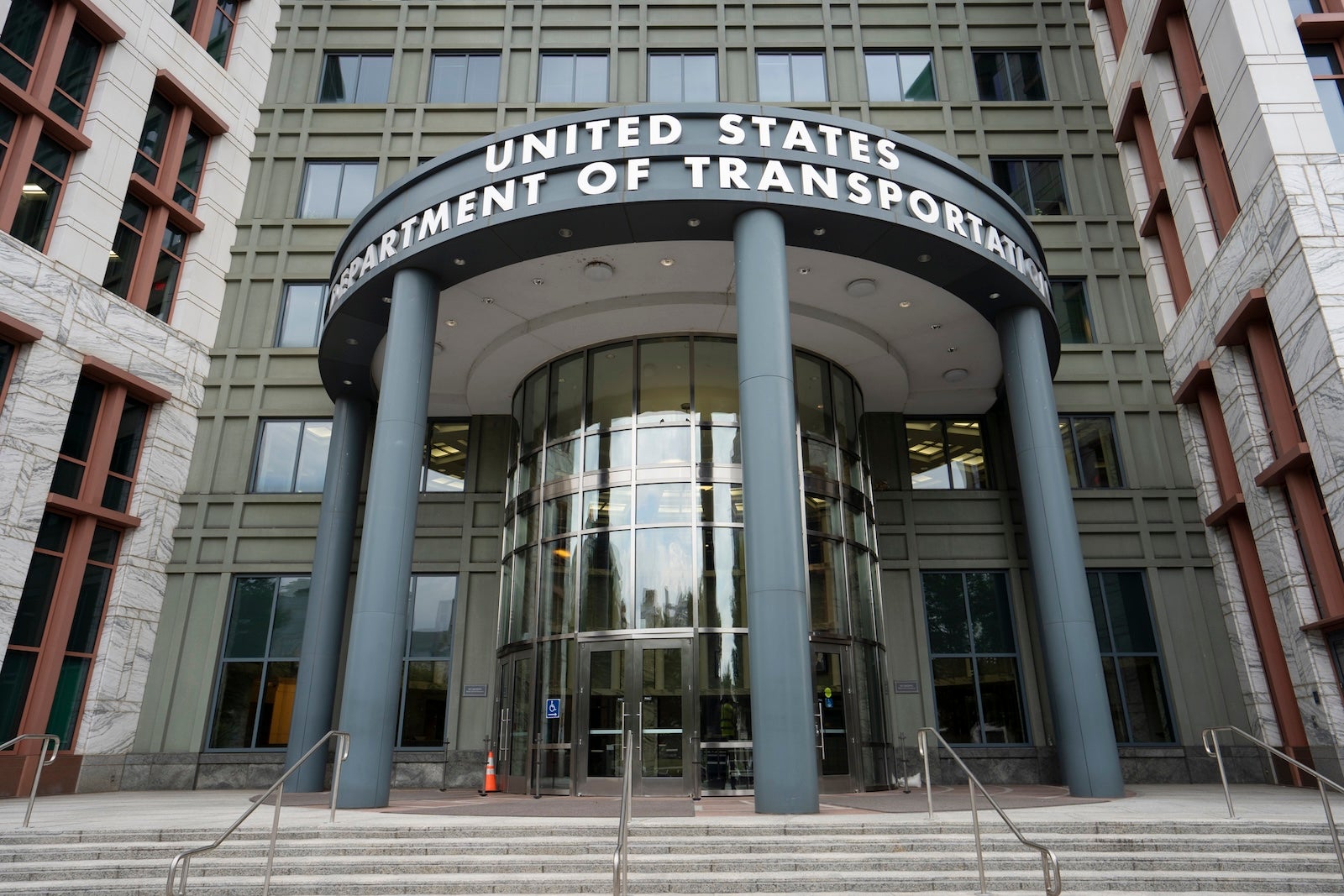The dream of Europe – cobblestone streets, ancient castles, vibrant cultures – often begins with a single, crucial step: the Schengen Visa. For Filipinos, that step can seem daunting, a maze of requirements and procedures. But unlocking the door to 27 European countries is achievable with careful planning and a clear understanding of the process.
The Schengen Area isn’t a country itself, but a zone of free movement. Imagine wandering through Paris in the morning, enjoying tapas in Barcelona by evening, and waking up in Rome the next day – all without passport checks. This freedom is the allure, and the Schengen Visa is the key.
Determining which country to apply through is the first hurdle. Generally, you apply to the country where you’ll spend the *most* time. If your itinerary is evenly split, apply through the country you’ll enter first. This seemingly small detail can significantly impact your application’s success.
Gathering documentation is the most time-consuming part. Expect to provide a detailed itinerary, proof of accommodation for your entire stay, and round-trip flight bookings. Crucially, you’ll need to demonstrate sufficient funds to cover your expenses – bank statements are essential, alongside a letter of sponsorship if someone is financially supporting your trip.
A compelling cover letter is your chance to tell your story. Explain your travel purpose, highlight your ties to the Philippines (job, family, property), and reassure the consulate that you intend to return. This isn’t just a formality; it’s your opportunity to build trust and demonstrate your genuine intentions.
The application process often involves an in-person appointment at the respective country’s embassy or consulate, or a visa application center. Be prepared for potential queues and a thorough interview. Answer honestly and confidently, and have all your documents readily available.
Processing times vary, typically ranging from 15 to 45 days. It’s wise to apply well in advance of your planned travel date – ideally, several months beforehand – to avoid last-minute stress. Patience is key during this waiting period.
Backpacking through the Schengen Area requires awareness of specific rules. The 90/180 rule is paramount: you can stay for a maximum of 90 days within any 180-day period. Overstaying can lead to fines, deportation, and difficulty obtaining future visas.
Budgeting is crucial. Western European countries like France and Germany are significantly more expensive than Eastern European nations like Hungary or Poland. Planning a mix of destinations can help stretch your travel funds further. Consider hostels, local markets, and free walking tours to minimize costs.
Beyond the iconic landmarks, explore the hidden gems. Venture off the beaten path, engage with locals, and immerse yourself in the unique cultures of each country. These authentic experiences are often the most rewarding aspects of a European adventure.
Bringing a friend or relative from overseas? The process is largely the same, but you’ll need to provide additional documentation proving your relationship and your responsibility for their stay. A notarized invitation letter and proof of your financial stability are essential.
Remember, a Schengen Visa isn’t a guarantee of entry. Border control officers have the final say. Be respectful, have your documents readily available, and be prepared to answer questions about your trip. A smooth border crossing sets the stage for an unforgettable European experience.






